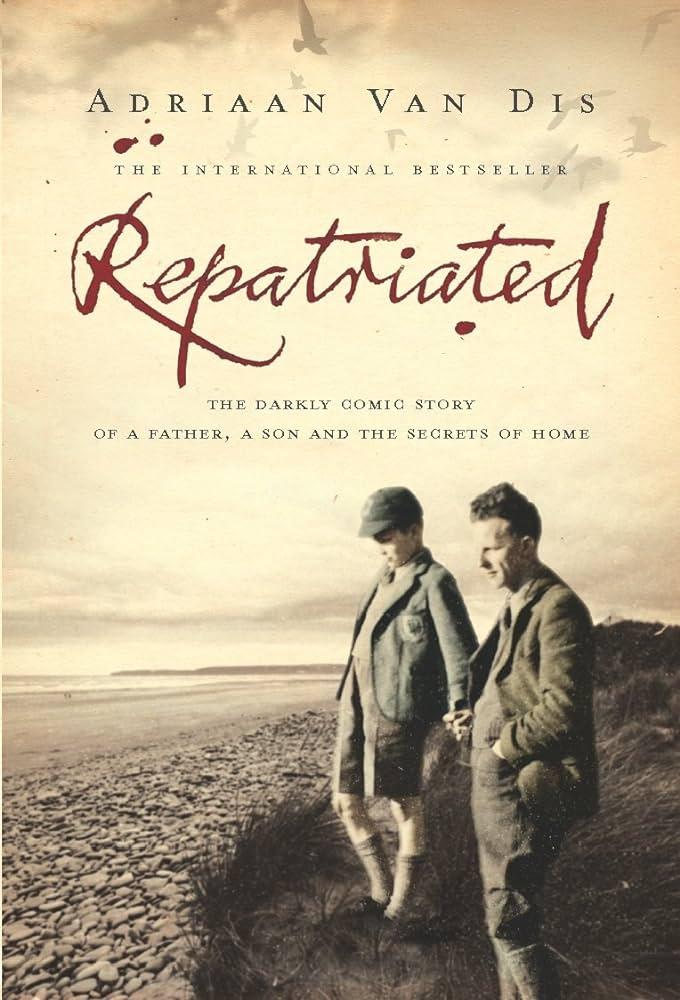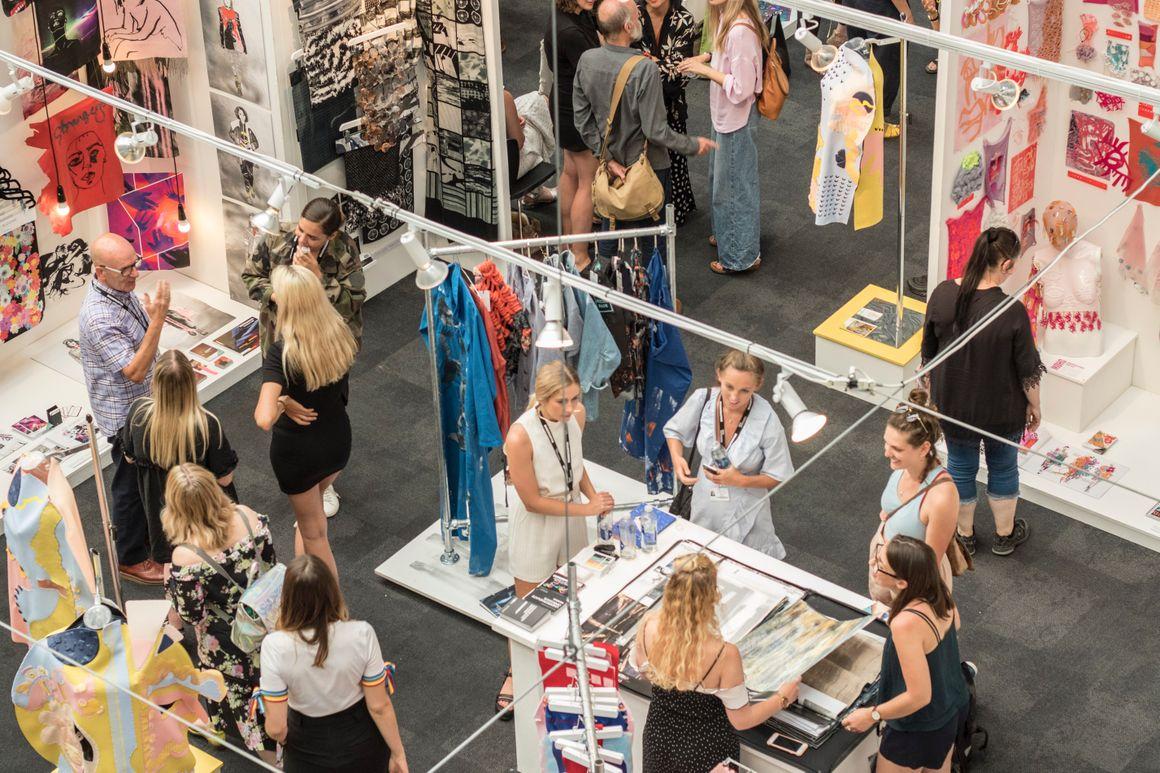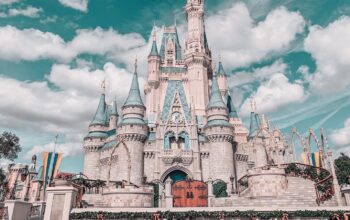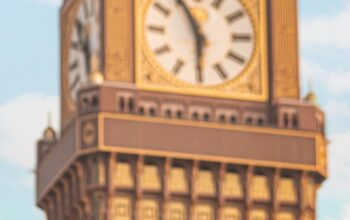It’s a homecoming 30 years in the making – a reunion of South African artworks long exiled from their homeland during the dark days of apartheid. Now, in a celebration of freedom and democracy, these once-banished pieces are finally returning to the country that birthed them, ready to take their rightful place on display for all to see and admire. Join us as we explore the significance and beauty of these repatriated treasures, now back where they belong after three transformative decades.
Stunning display of repatriated artworks from the apartheid era
Visitors at the latest art exhibition in Johannesburg were met with a jaw-dropping display of repatriated artworks from the apartheid era. As part of a special event to commemorate 30 years of democracy in South Africa, the collection showcases a poignant mix of paintings, sculptures, and mixed media pieces that capture the struggles and triumphs of the country’s turbulent past.
The gallery is filled with powerful imagery and thought-provoking pieces that highlight the resilience and creativity of South African artists during a dark chapter in the nation’s history. From vibrant street art to haunting portraits, each artwork tells a unique story and serves as a reminder of the importance of preserving and honoring the country’s artistic heritage. The exhibit offers visitors a rare opportunity to reflect on the past, appreciate the present, and envision a brighter future for South Africa.

Exploring the cultural significance of these artworks
These repatriated South African apartheid-era artworks serve as a powerful reminder of the country’s tumultuous past and the resilience of its people. Each piece tells a unique story of struggle, resistance, and ultimately, triumph. From vibrant murals depicting key moments in the fight against apartheid to poignant sculptures capturing the emotions of the era, these artworks offer a window into South Africa’s complex history.
The cultural significance of these pieces cannot be overstated. They not only provide a visual record of the past but also serve as a source of inspiration for future generations. Through their powerful imagery and evocative symbolism, these artworks challenge us to reflect on the challenges of the past and the possibilities of the future. As we celebrate 30 years of democracy, let us come together to honor the legacy of those who fought for freedom and justice, as captured in these remarkable works of art.

Recommendations for a meaningful visit to the exhibition
For a truly enriching experience at the exhibition of repatriated South African apartheid-era artworks, we recommend taking the time to engage with the pieces on a deeper level. Here are some suggestions to make your visit more meaningful:
- Read up on the historical context of the artworks to better understand the societal and political climate of the time.
- Take your time to observe the details and symbolism in each artwork, allowing yourself to connect with the artist’s message.
- Engage in discussions with fellow visitors or docents to gain different perspectives and insights on the pieces.
Additionally, consider attending any guided tours or artist talks that may be available to gain further insight into the significance of the artworks. Remember to approach the exhibition with an open mind and heart, allowing yourself to be moved by the powerful narratives captured in each piece.
In Retrospect
As we celebrate 30 years of democracy in South Africa, it is important to remember the legacy of the apartheid era and the role that art played in reflecting and resisting its injustices. The repatriated artworks on display serve as a powerful reminder of the struggles and triumphs of the past, as well as a testament to the power of art to provoke change and create dialogue. As we look towards the future, let us continue to use art as a tool for healing, reconciliation, and progress. Let these artworks not only serve as a reminder of our past, but also as an inspiration for a more inclusive and just society for all.


